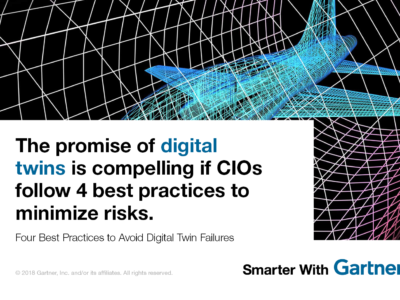Wearable technology for clinical trial purposes will require companies to develop a clear strategy and meet stringent requirements
The incorporation of wearable technology devices into clinical trials is attracting attention from both healthcare and life science laboratories, as well as the boardroom. Wearables are already pervasive in the consumer world for fitness and health, and they seem a logical fit in the world of clinical trials.
At this point, however, hype far outweighs solid examples of wearables in clinical trials, according to Michael Shanler, research director at Gartner.
“A plethora of formidable hurdles lie ahead, including a challenging infrastructure, as well as validation, security, privacy and protocol development issues,” said Mr. Shanler. “Nevertheless, plenty of potential players are checking out the boundaries of what they foresee could be a lucrative market.”
Gartner estimates that, by 2017, although the use of mobile devices will explode, wearable devices will be leveraged in fewer than 10 percent of clinical trials. Success will hinge on the ability to integrate wearables with data exchanges and cloud-based analytics, and then connect to e-clinical systems.
For healthcare and life science companies to take full advantage of the potential offered by wearables, they will need a well-grounded strategy that ensures that investments in technologies support not only good health outcomes, but also a viable business outcome.
Map a Clear Business Benefit Outcome as Part of Your Technology Development Strategy for Using Wearables to Augment Clinical Trials
Although smartphones have proven effective for supporting the recruiting phase of clinical trials, the next step of using wearables with multiple health and activity sensors is very much in its early days.
“Seismic shifts in this market will not happen until the pharmaceutical lobby has confidence in the underlying systems supporting wearables, and that means that clinical validation expertise for wearables must improve,” said Mr. Shanler. “Right now, the big IT consultant firms barely understand the clinical domain, let alone the clinical wearable domain, which will be even more specialized. Tech startup and niche technology players will play a role with unique, and sometimes disruptive advances, but they are too small to provide the necessary confidence to the larger pharma.”
Since incorporating wearables into clinical trials will also require new processes and tools, new e-clinical partner models and technology partnerships will evolve. Most companies still do not know what to do with, or how to handle, wearable-generated data, so it will be up to healthcare and life science CIOs and IT leaders to suggest workflow and dashboards.
Ensure Wearables Meet Requirements for Regulatory Compliance and Information Security, and Can Operate in Clinical Conditions
In the long term, wearables will require better hardware, better sensors, and tighter integration into a mobile health (m-health) ecosystem that provides industry standards for maintaining health data integrity and security.
Current trends in miniaturization and growth of the Internet of Things (IoT) pretty much ensure that the eventual evolution of a viable m-health ecosystem is a question of “when” rather than “if.” In the meantime many questions need to be addressed around data, calibration, compliance and performance.
Gartner clients can learn more in the report “Develop Partner Strategies To Find Early Success With Wearables in Clinical Trials.” This is part of the Gartner Special Report “The Practicalities of Implementing the Internet of Things”, a research collection focused on how IoT will create new opportunities and challenges for enterprises.










